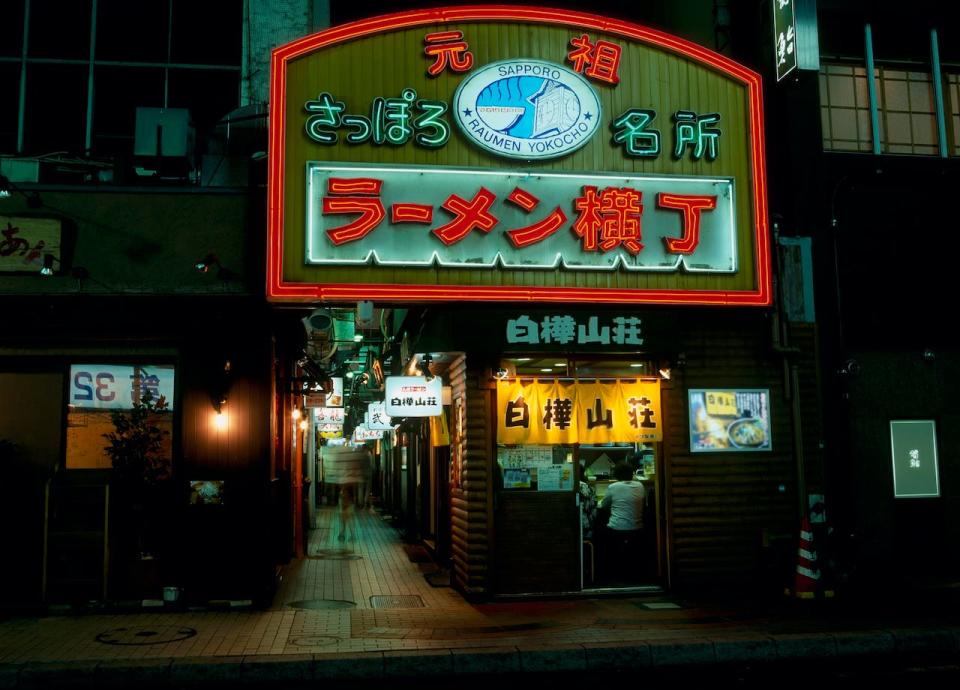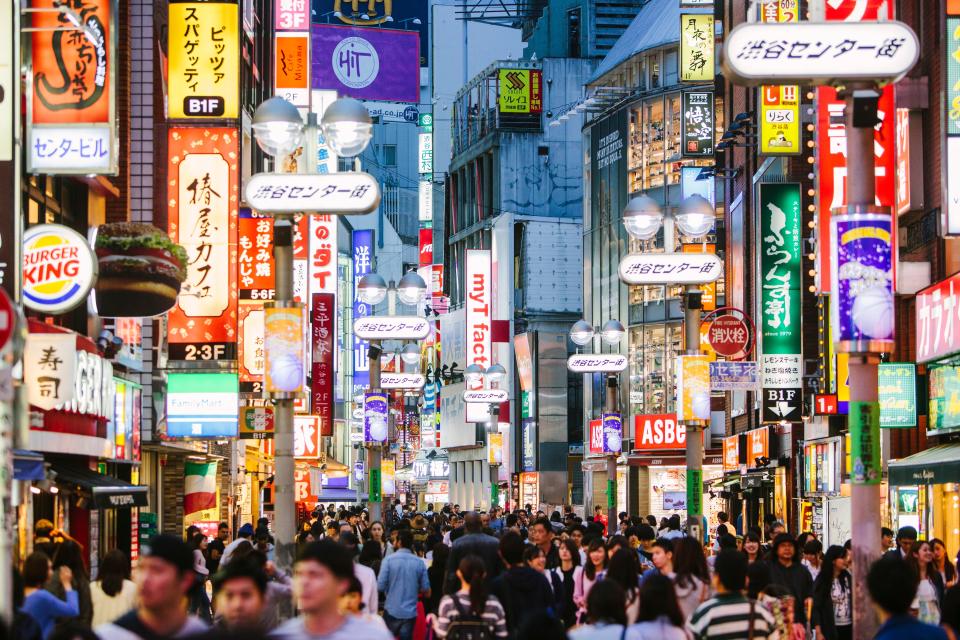3 big mistakes people traveling to Japan make, according to someone who's visited 11 times

Grace Cheng, a 22-year-old travel blogger based in NYC, has visited Japan 11 times.
She said travelers going to Japan for the first time consistently make a few mistakes.
Travelers focus on Tokyo, Cheng added, but don't leave enough time for other cities.
Out of the 34 countries travel blogger Grace Cheng has visited, none has left such a lasting impression than Japan. From visiting historical temples during cherry blossom season to the diverse and delicious food scene, Japan stole her heart.
"It's so different than what you see here in the States, and it's so different from any other country," she said.
Cheng, who is 22 and based in NYC, has noticed the country becoming a "hot spot" for tourists.
The International Trade Administration shows that the number of US travelers flying to Japan was already over 900,000 from January to May, a 17.4% increase from the same time period in 2023. One factor driving the surge in tourists from the US is the strongest dollar-to-yen exchange rate in recent history. As of July 8, $1 buys 160.74 yen.
Cheng first visited Japan in 2017, and she's gone 11 times since then. Here, she shares three of the biggest mistakes to avoid when planning a trip to Japan to better your chances of immersing yourself in the culture and exploring off the beaten path.
Mistake 1: They overfill their itineraries
There is so much to explore in Japan, from the hustle and bustle of Tokyo's famous Shibuya crossing (one of the busiest in the world) to the serene tranquility of the gardens and shrines in Kyoto.
But as excited as tourists can be to get a taste of everything, Cheng advises them to make sure their itineraries aren't jam-packed every day.

"The ideal time I would give Japan is probably seven to 10 days," Cheng says, adding that it is a sufficient time to explore a few regions without feeling rushed.
A shorter trip, especially for first-time visitors, could mean that "every day is just back-to-back attractions or moving," which ultimately results in high stress.
"You don't really get to experience Japan for what it's worth because you're just always on the go," she added.
If you are truly pressed for time and only have a few days to spare in Japan, Cheng recommends prioritizing Tokyo, given it is a "major destination everyone has to go to" at least once in their life if they can.
Mistake 2: They don't set foot outside Tokyo
The issue with just visiting Tokyo, according to Cheng, is it doesn't fully represent how broad and versatile Japan or Japanese culture is.
If visitors want to get a real feel for the country's history, cuisine, and local charms, they should venture south and north of Tokyo.
"Tokyo is not Japan," Cheng said. "And you need to explore the other cities to actually have a sense of what Japan is like."

Outside Tokyo, one of her favorite cities is Sapporo, in the Hokkaido prefecture in the north of Japan. Cheng said she found cheaper prices and more friendly locals there.
"They just go out of their way, and you can definitely tell if someone is from Tokyo or the north," she said.
The food scene is also completely different depending on where you visit — Sapporo, for example, is renowned for soup curry, she said.
Osaka is a city near Kyoto so well-known for food that it's sometimes referred to as "Japan's kitchen." There, Cheng said she ate amazing tonkatsu, or fried pork cutlet, made to "perfection" with a side of all-you-can-eat shredded cabbage.
Mistake 3: They never turn off Google Maps
Being told to knowingly lose your way in a foreign country might sound scary, but Cheng insists it's one of the best strategies for discovering a new place.
"The best way to experience the streets and just get to know the country itself is just to get lost," Cheng said. "Don't use your phone. Don't use Google Maps."

She said some of her best interactions with locals and restaurants have come from walks around Japanese cities when she's avoided using her phone.
"If you go to Google and you search 'best restaurants in Tokyo,' for example, you're going to come up with all these restaurants that cater toward tourists," she said. "You're not going to actually experience the local dishes or a local atmosphere," and leave with a false "impression" of Japan.
"The best restaurants that I've found have come from stumbling upon them just walking the streets," she said.
Read the original article on Business Insider

